
Édouard Déjeuner sur l'herbe [18631868] in 2021 Art prints, Edouard
Le Déjeuner sur l'herbe (French: [lə deʒœne syʁ lɛʁb,-ʒøn-]; The Luncheon on the Grass) - originally titled Le Bain (The Bath) - is a large oil on canvas painting by Édouard Manet created in 1862 and 1863.. It depicts a female nude and a scantily dressed female bather on a picnic with two fully dressed men in a rural setting. Rejected by the Salon jury of 1863, Manet seized the.

Le Déjeuner sur l'herbe Art, Painting, Linguistics
Complete Works. 'Le déjeuner sur l'herbe', or as it is known in English, The Luncheon on the Grass, is a painting by Édouard Manet. This rather large painting is an oil on canvas which Manet worked on between 1862 and 1863. In the painting one can see four people, namely two men and two women. The men are fully dressed in black suits.

Édouard Le déjeuner sur l'Herbe, 1863 Tutt'Art Pittura * Scultura * Poesia * Musica
Transcript. Édouard Manet, Le déjeuner sur l'herbe (Luncheon on the Grass), oil on canvas, 1863 (Musée d'Orsay, Paris) Speakers: Dr. Beth Harris and Dr. Steven Zucker. Created by Beth Harris and Steven Zucker. Questions.
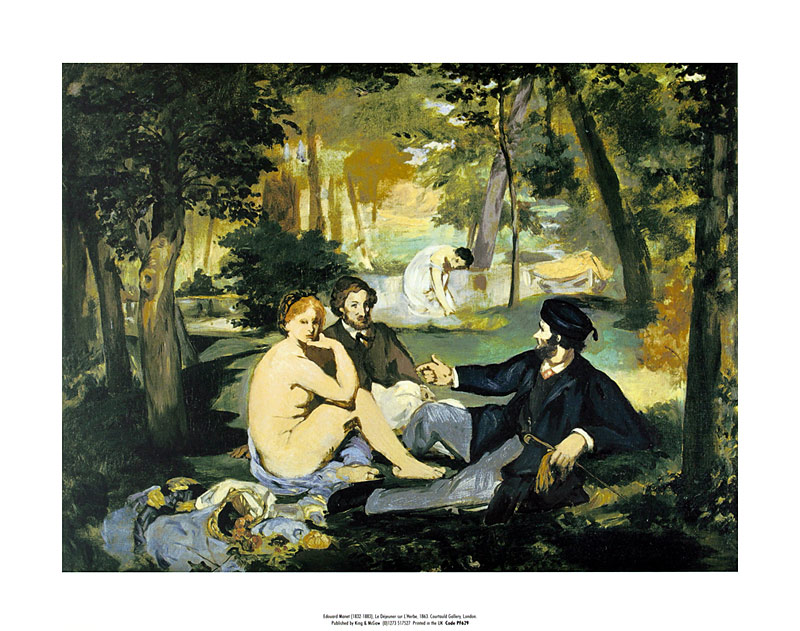
Edouard Le dejeuner sur l'herbe, 1863 Poster Kunstdruck bei Germanposters.de
In 1863, Édouard Manet scandalised the art world with his large, finished version of this composition (now in the Orsay Museum, Paris ). It was shocking for its life-size depiction of two nearly naked women alongside fully dressed men in contemporary clothes. Although Manet initially drew inspiration from Renaissance nudes, he rejected the.
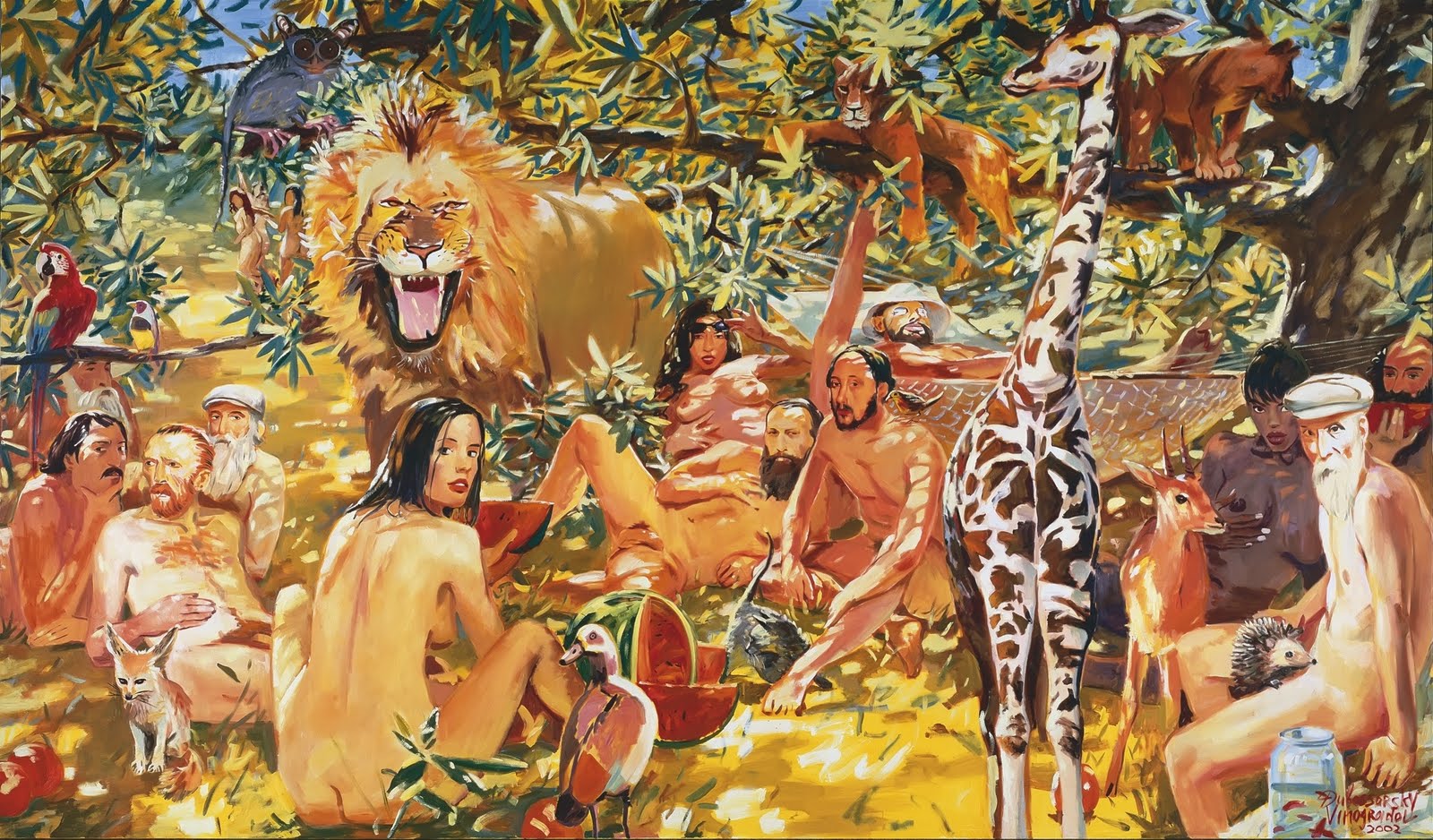
badinicreateam LE DEJEUNER SUR L'HERBE / & Co.
de 1878 à 1884, dans la collection de M. Flament (menuisier d'Argenteuil qui reçut de l'artiste la toile en gage d'une location)

Édouard Le Déjeuner sur l’herbe (détail), 1863 Huile sur toile 208 x 264,5 cm
Edouard Manet's controversial painting 'Le Déjeuner sur l'herbe' is one of the best-known images in French art. The subject of critical analysis for more than a century, it still defies singular interpretation. This book offers six different readings of the painting. Based on new ideas about its context, production, meaning, and reception.
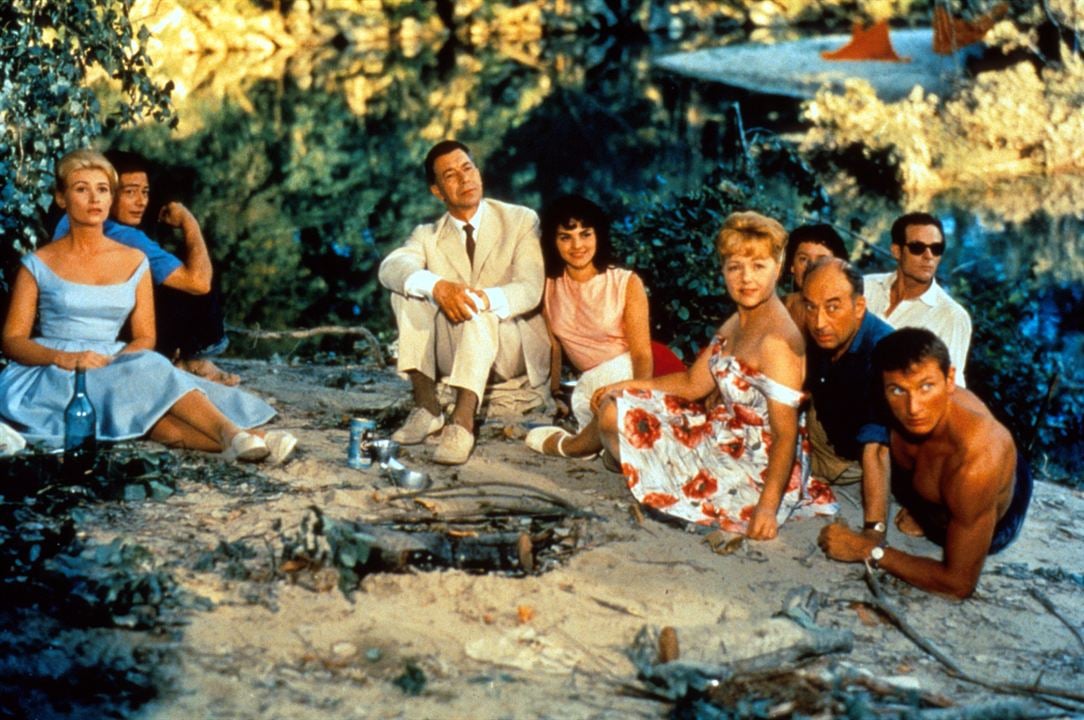
Photo du film Le déjeuner sur l'herbe Photo 2 sur 2 AlloCiné
Manet, Edouard. Le Déjeuner sur l'herbe. 1863; Luncheon on the Grass; Musee d'Orsay; Oil on canvas, 81 x 101 cm. The active spirit of independance in Impressionism --- if not its style --- may be considered to date from this famous work, refused by the Salon in 1863 and exhibited, under the title of Le Bain at the Salon des Refusés of the.
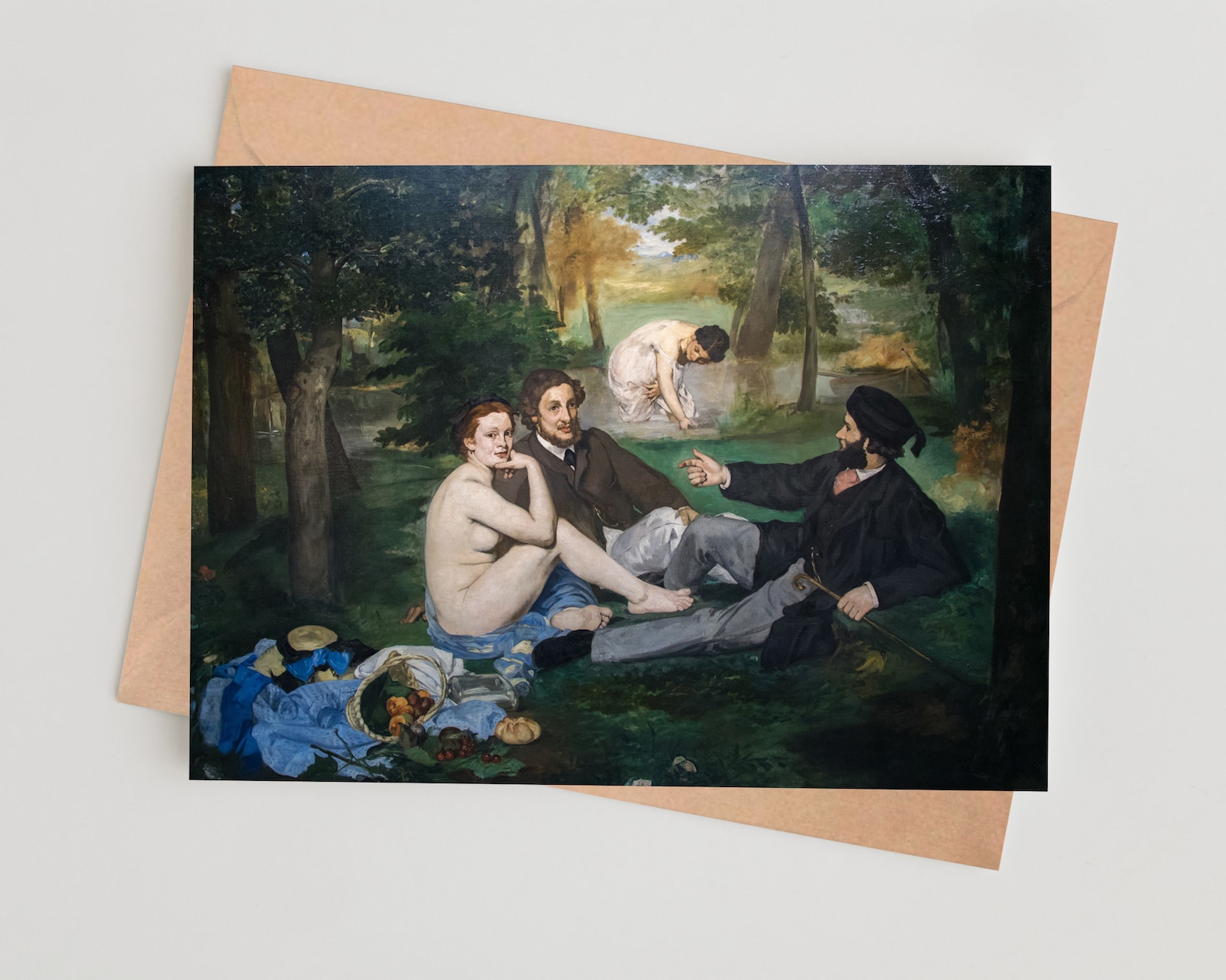
Édouard Le Déjeuner Sur L'herbe 1863. Etsy
Le Déjeuner sur l'herbe est un tableau d'Édouard Manet achevé en 1863, d'abord intitulé Le Bain, puis La Partie carrée.Exposé brièvement pour la première fois au Salon des refusés le 15 mai 1863 puis décroché [2], réexposé l'année suivante non sans scandale en marge du Salon [3], il entra dans le patrimoine public en 1906 grâce à la donation du collectionneur Étienne Moreau.

Édouard Le déjeuner sur l'Herbe, 1863 Tutt'Art Pittura * Scultura * Poesia * Musica
Le Déjeuner sur l'herbe (" Luncheon on the Grass") (1863) by Édouard Manet; Édouard Manet, Public domain, via Wikimedia Commons. In the article below, we will provide an analysis of the Le Déjeuner sur l'herbe meaning by first discussing a brief background of when it was painted and exhibited, and what motivated Manet. We will then discuss a formal analysis looking more at the.
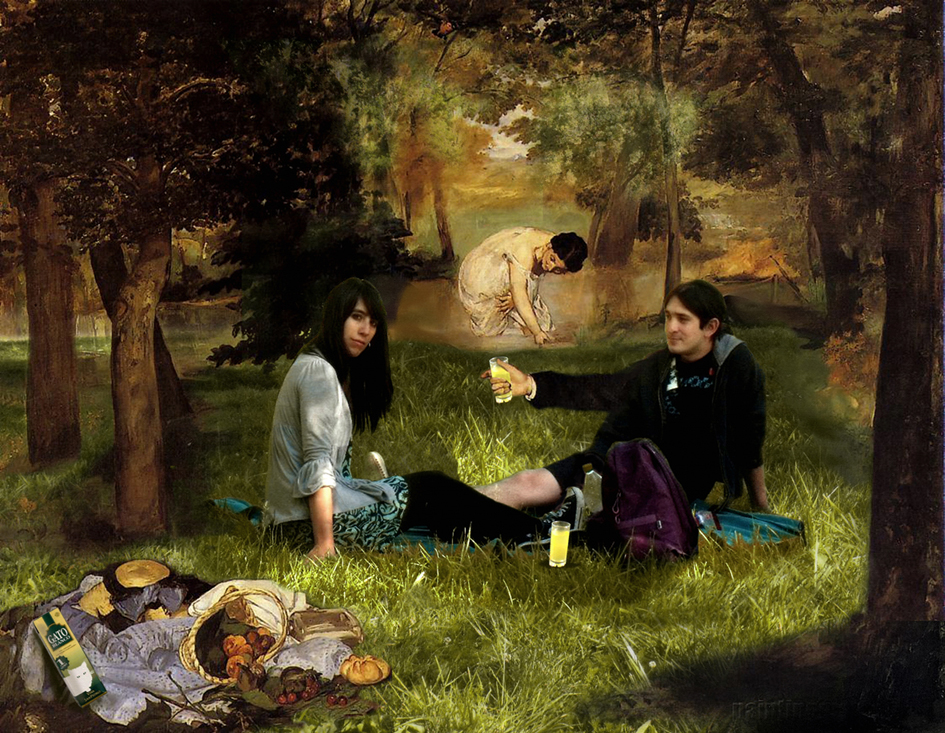
diseño/ilustración Mi versión de Le Déjeuner sur l'herbe, Édouard
Le Déjeuner sur l'herbe (1863) by Édouard Manet. Oil on canvas. Musée d'Orsay, Paris. Image source Wikimedia Commons. Le Déjeuner sur l'herbe is different — even if the broad elements.

Le déjeuner sur l'herbe d'Edouard (1863) Site de parlonshistoiredesarts
Le Déjeuner sur l'herbe est un tableau d'Édouard Manet achevé en 1863, d'abord intitulé Le Bain, puis La Partie carrée. Exposé brièvement pour la première fois au Salon des refusés le 15 mai 1863 puis décroché, re-exposé l'année suivante non sans scandale en marge du Salon, il entra dans le patrimoine public en 1906 grâce à la donation du collectionneur Étienne Moreau-Nélaton.

29 best images about Le Dejeuner sur L'Herbe on Pinterest Oil on canvas, Fruit bread and Tela
Edouard Manet (1832 - 1883) Rejetée par le jury du Salon de 1863, cette oeuvre est exposée par Manet sous le titre Le Bain au "Salon des Refusés" accordé cette année là par Napoléon III. Elle en constitua la principale attraction, objet de moqueries et source de scandale. Pourtant, Manet revendique dans Le déjeuner sur l'herbe l.

Édouard Le Déjeuner sur l’herbe (détail), 1863 Huile sur toile 208 x 264,5 cm
A-Level: Édouard Manet, Le déjeuner sur l'herbe (Luncheon on the Grass) by Dr. Beth Harris and Dr. Steven Zucker. Manet, Le Déjeuner sur l'herbe. Watch on. Édouard Manet, Le déjeuner sur l'herbe (Luncheon on the Grass), oil on canvas, 1863 (Musée d'Orsay, Paris)
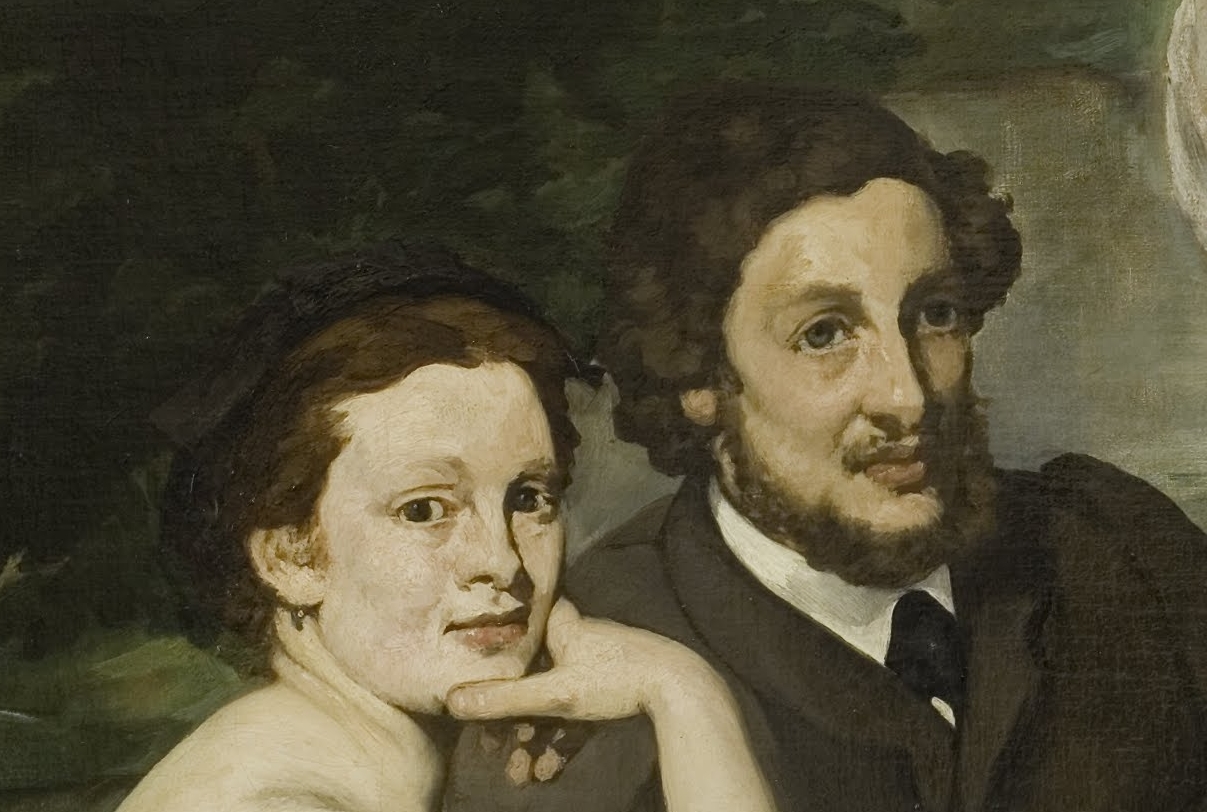
Édouard Le déjeuner sur l'Herbe, 1863 Tutt'Art Pittura * Scultura * Poesia * Musica
This fragment, there is a second also in the Musée d'Orsay, is one of the remaining parts of the monumental Luncheon on the Grass by Monet. The work was started in the spring of 1865 and measured over four metres by six. It was intended to be both a tribute and a challenge to Manet whose painting of the same title had been the subject of much.
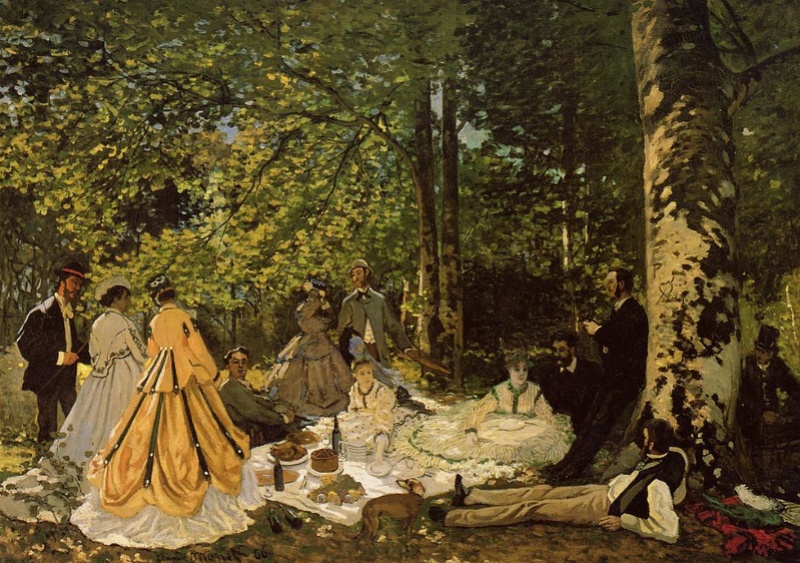
Edouard, "Le déjeuner sur l'herbe"
Le Déjeuner sur l'Herbe. Déjeuner sur l'herbe was an immense work of art that was homage to Edouard Manet, who painted a similar themed work only two years previously. Manet's rendition depicted a scene of figures, some clothed and some naked, having a picnic in the woods. The controversial painting was revered by Monet and the thenyoung.

The Luncheon on the Grass by Edouard
Monet (left) with Le Déjeuner sur l'herbe in the large studio at his home in Giverny, France, c. 1920. Le Déjeuner sur l'herbe (English: Luncheon on the Grass) is an 1865-1866 oil on canvas painting by Claude Monet, produced in response to the 1863 work of the same title by Édouard Manet.It remains unfinished, but two large fragments (central and left panels) are now in the Musée d'Orsay.